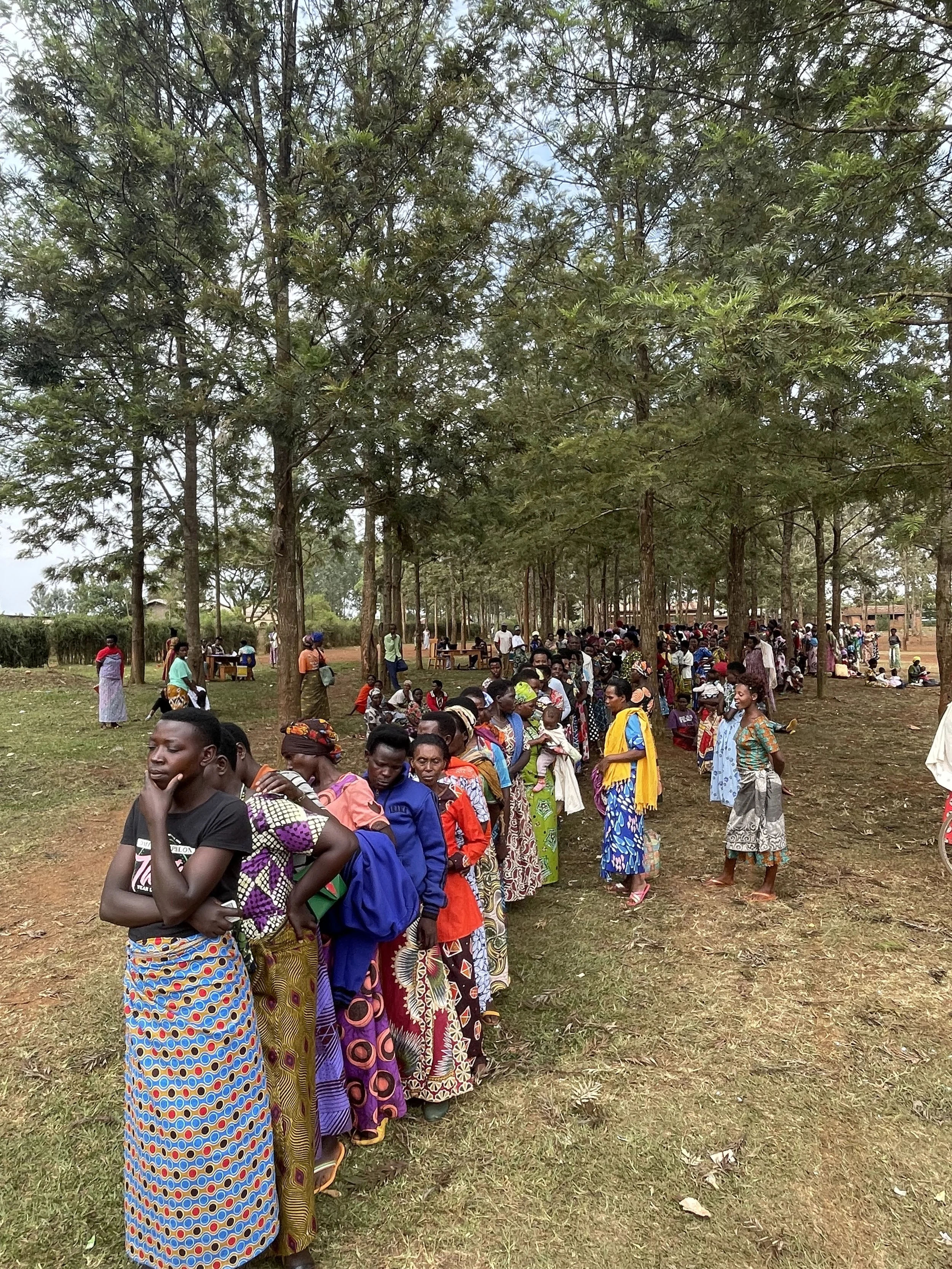The summer going into my senior year of uni I was living up near campus. Pockets were empty so I was grinding away, helping prepare the Brody dorms for the incoming freshman class. It wasn’t much, but it was honest work - washing walls, painting bedrooms, vacuuming carpets. Walking to work for the 6am shift was out of the question, so I borrowed my good friend Bryan’s (Mazzy) moped for the summer. Trash can on wheels is what it was. One afternoon I was cruising home on Grand River going about 20mph (40km/h) and I was cut off by someone. I slammed on the brakes and turned the moped to avoid a crash. I hit the ground, moped fell on top of me. Scraped up my leg and arm real nice, got a tetanus shot for peace of mind. Moped was in an even worse state after. Bryan refuses to this day to accept I was cut off – just thinks it was a solo crash – files it away as negligence.
I tell this story because as luck would have it, 6 years later I would move to a country that relies on motos as a primary source of transportation. We’re talking hopping on the back of a two-seater and zipping around to get from point A to B. Maybe do a little research eh guy?
Other than a few trips to the capital, Kigali, I have been in the village of Rwinkwavu (Rwink). It’s located in the Eastern Province, in the Kayonza District. Kayonza is where we have 5 of our 7 Shooting Touch courts. A crucial part of my job out here is to travel to practice at one of these courts every day. There is a court in Rwink that I can walk to (huge), but below is how I get to the rest of them from the house in Rwink:
Nyamirama (2 courts): Moto to Kabarodo, Bus to Nyamirama (Repeat for return)
Mukarange: Moto to Kabaronda, Bus to Kayonza (Repeat for return)
Rukara (buddy): Moto to Kabaronda, Bus to Kayonza, Moto to Rukara (Repeat for return)
So yeah, had to get over the fear quite quickly. The first few trips were pretty brutal. I had white knuckles the whole time, holding on so tight. Teeth clenched. Always yelling, “Bahoro (slow),” to the drivers as they rip it up and around the hills. Each driver has their own unique style, and you can usually tell the type of guy behind the wheel within the first 30 seconds. Obviously prefer the cruiser type, just vibing on the roads versus the speed demons.
As I’ve put in my kilometers, I’ve started to get more comfortable with motoing around the country. It’s part of the life, I just needed some practice runs to suppress my past anxieties. Although I’m more relaxed, my riding style is still nothing compared to Rwandans. They’re riding no hands, answering phone calls, carrying huge pieces of luggage, just hanging out back there. I’m still rocking with two hands (practicing with one though), but I’ve started to appreciate my surroundings more.
As I’ve stated before, the country is full of hills and luscious green backdrops. I can now sit back and appreciate the scenes around me - rows of banana trees that look like paintings, people cultivating in the fields, hang outs at the water pumps, the exotic and vibrant birds flying around, crowds of schoolchildren in uniform yelling “muzungu (white person)” as I cruise by, smoke from the trash fires in the hills, goats eating on the side of the road (always feels like one is going to just dart out), women in kitenge wraps carrying a baby on their back, while balancing a mountain of food on their heads, yellow jerry cans. The moto rides capture the essence of daily life in the village. A 20-minute ride is like reading a few books; each turn opens to a new road, with new characters, images, and a different story to tell. Since my fears have subsided significantly since my first trip, I now enjoy the moto rides because of the time it gives me to think; and I think about everything. What was once a stressful part of my day is now a time I look forward to.
The buses have been an easier transition for me (although the first one I took I got off at the wrong spot and had to walk 25 minutes to the court). There’s no room to be bashful on the buses between villages, and be sure to give yourself extra time to accommodate Rwanda’s schedule. The bus from Kabardondo to Nyamirama, for example, is a 10-minute drive - on paper. Ah but wait, the bus at Kabarondo Bus Park won’t leave until it’s full. Twenty minutes go by and now you’re finally on your way. Okay, I can text the coaches and tell them I’ll be there in 10 minutes, right? For sure you can’t. Along the way, the bus will stop half a dozen times, people will get off and get on. Nice try. Keep a book on hand and don’t let the thoughts of frustration enter your mind.
Once you’ve grown accustomed to this dynamic, its easy living. Again, I’ve come to appreciate this time in transit. The bus offers a chance to spark up a conversation with a local who speaks a little English, to people-watch on the bus, and just see life happen around you.
One of my favorite memories is actually when I was waiting nearly 30 minutes for this bus I was on to fill up so we could leave the bus park. Not ideal, but I was calm because the driver was jamming to some old-time Don Williams. Couldn’t believe it, being the big-time country fan I am. This place is full of surprises.



